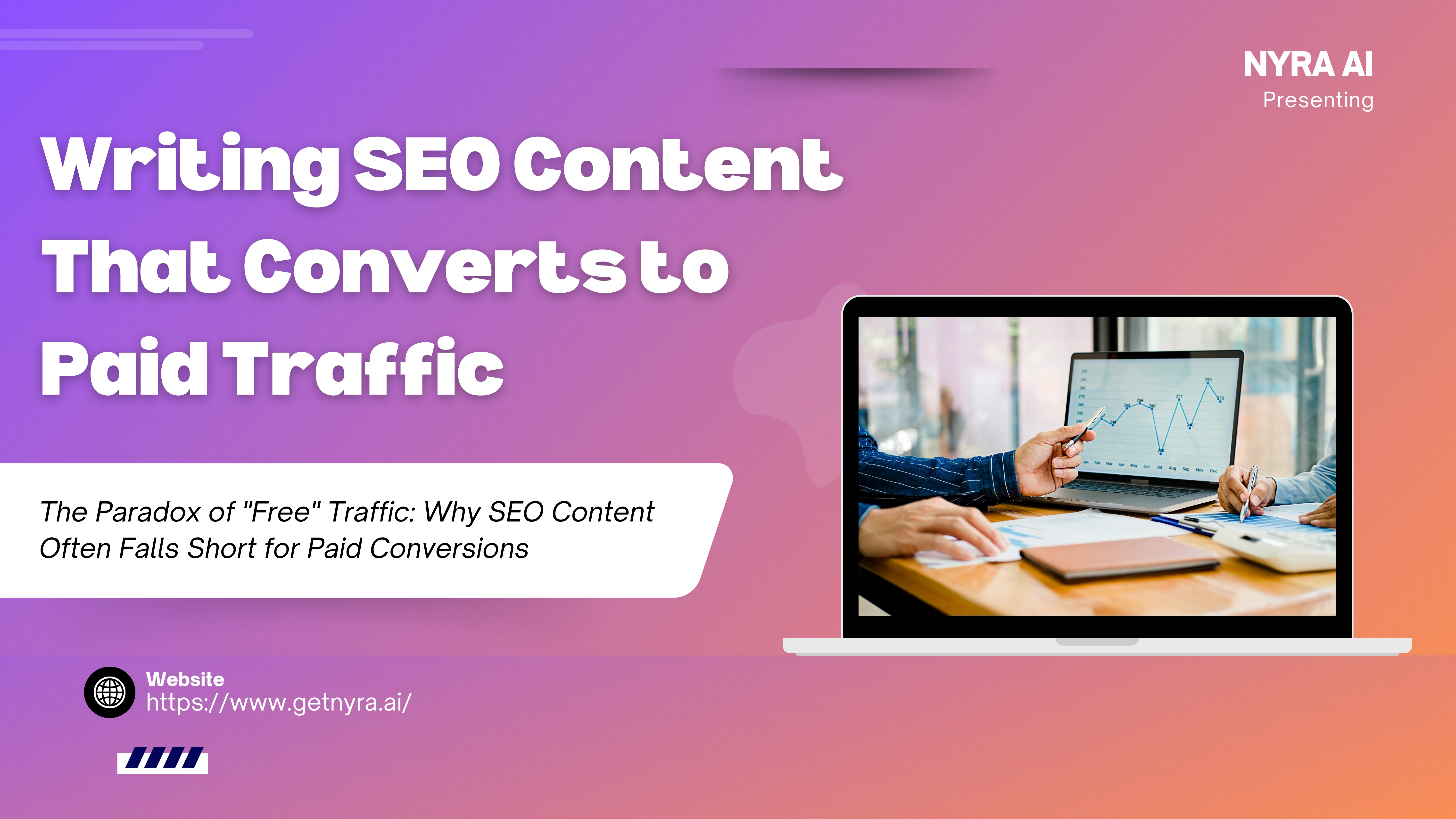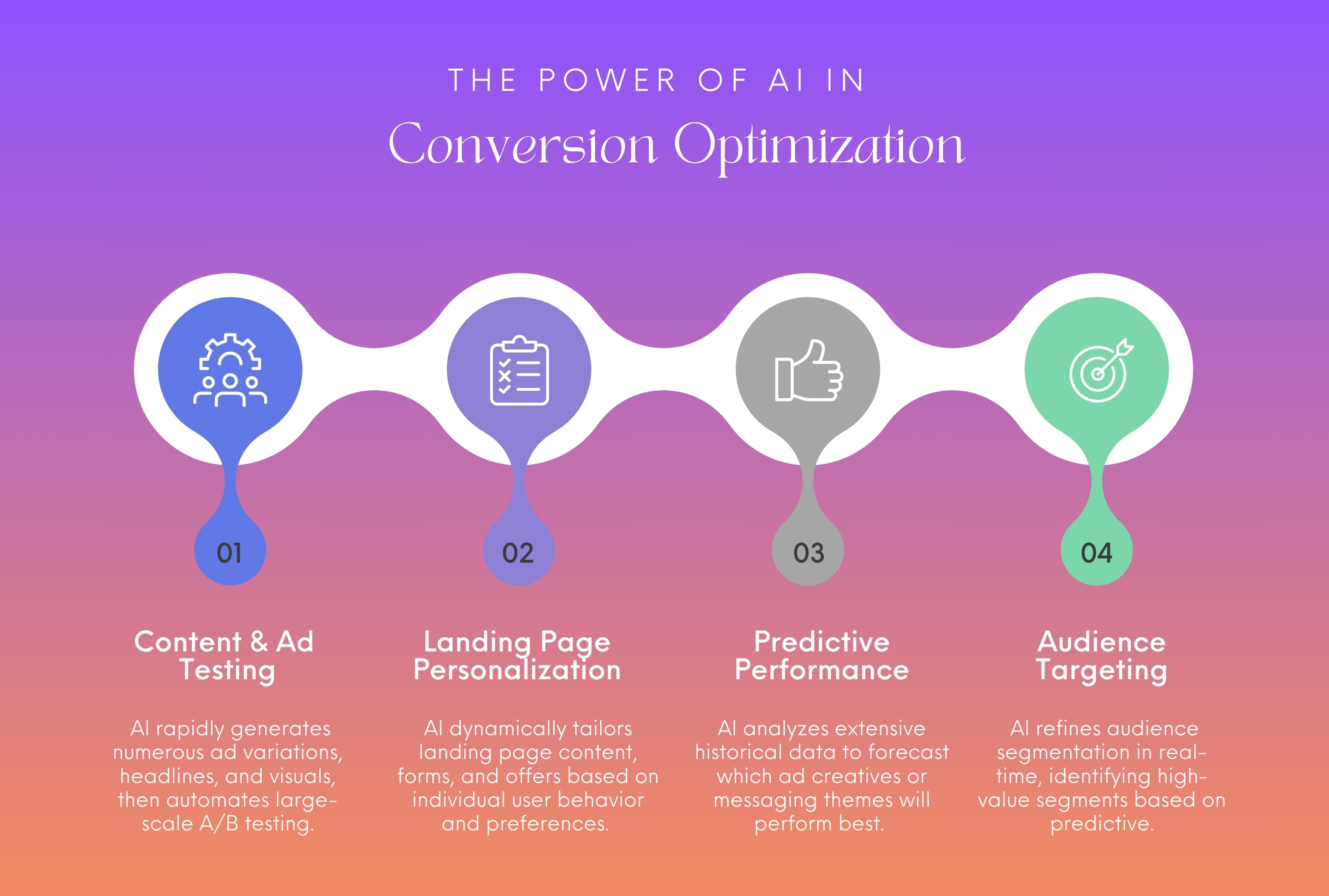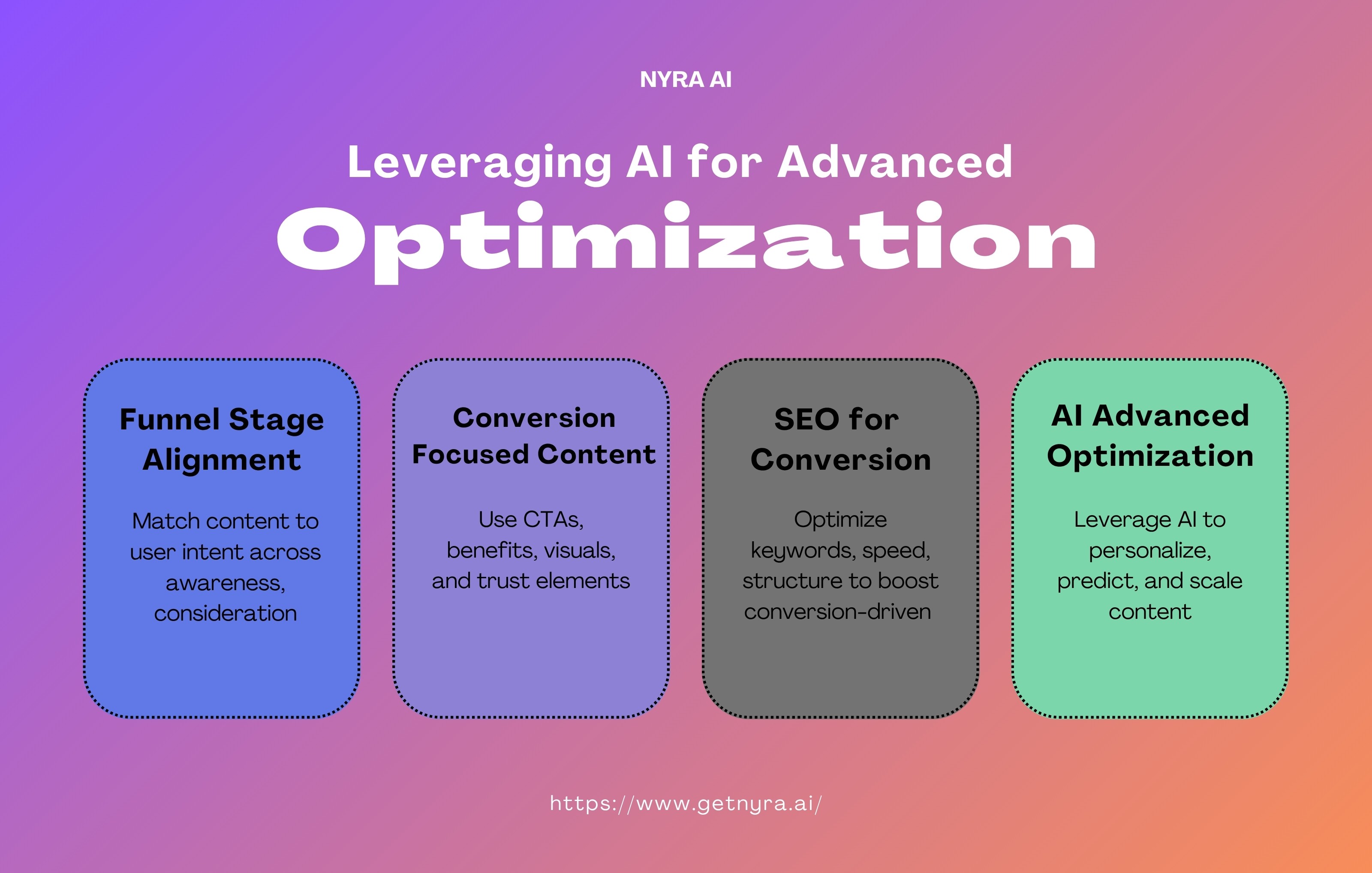Writing SEO Content That Converts to Paid Traffic: The Ultimate Guide

Writing SEO Content That Converts to Paid Traffic: The Ultimate Guide
The Paradox of "Free" Traffic: Why SEO Content Often Falls Short for Paid Conversions
In the relentless pursuit of digital visibility, many founders and marketing professionals meticulously craft SEO content, striving for top organic rankings. The allure of "free" traffic is undeniable. Yet, a pervasive paradox often emerges: a surge in organic visitors doesn't always translate into a proportional increase in paid conversions. Businesses find themselves with high website traffic but stagnant sales, leading to a critical disconnect.
Bridging the Gap : The Indispensable Synergy of SEO Content & Paid Traffic
The most astute digital strategists understand that SEO and paid advertising (PPC) are not rival channels but powerful partners in a unified marketing ecosystem. When meticulously aligned, they create a formidable force for conversion.
The Unbeatable Duo : How Organic and Paid Amplify Each Other
- Increased Visibility & Trust: A dominant presence in both organic search results and paid listings significantly boosts your brand's screen real estate. This dual visibility enhances credibility and trust, making prospects far more likely to click and convert when they see your brand multiple times on a single search results page.
- Intelligent Keyword Data Sharing: Your SEO and SEM tools (like Google Analytics and Search Console) become invaluable data reservoirs. High-converting keywords from your PPC campaigns can directly inform your SEO content strategy, guiding the creation of organic content that targets proven buyer intent.
- Strategic Remarketing Opportunities: Organic traffic, by its nature, attracts users across various stages of the funnel. Visitors in the early awareness phase, researching products or exploring services, may not convert immediately. However, they've demonstrated clear intent. Paid remarketing campaigns can then strategically re-engage these warm leads after they leave your site, serving them targeted ads.

- Agile A/B Testing for Content: Before committing significant resources to SEO content updates, PPC ads offer a flexible and rapid testing ground. You can quickly A/B test different headlines, calls-to-action (CTAs), and core messaging variations with paid traffic. The insights gained from these rapid iterations provide a data-backed edge for refining your SEO content, ensuring it's optimized for conversion from the outset.
- Comprehensive Full-Funnel Coverage: A truly effective full-funnel marketing strategy guides potential customers through every stage of their journey. Paid ads excel at reaching top-of-funnel audiences with broad messaging. SEO, conversely, supports the entire funnel, helping users discover your brand during early research and providing in-depth, trust-building content as they move closer to conversion.
Strategic Pillars: Optimizing SEO Content for Paid Traffic Conversion
To effectively convert organic traffic into paid actions, your SEO content must be meticulously designed with conversion in mind.
1. Understanding User Intent & Funnel Stage Alignment
Effective content aligns precisely with the user's intent at each stage of their journey:
- Awareness (Top of Funnel): Focus on educational articles, FAQs, infographics, and video explainers. These should address broad pain points and common questions, optimized for relevant keywords and search queries.
- Consideration (Middle of Funnel): Provide in-depth content like detailed case studies, comparison guides, webinars, and product demos. The goal is to build credibility and help users evaluate solutions.
- Conversion (Bottom of Funnel): This is the crucial stage for paid traffic. Content here includes highly targeted landing pages, optimized product pages, and remarketing content. The language becomes more sales-oriented, eliminating doubt and showcasing your brand as the optimal choice.
2. Crafting Conversion-Focused Content Elements
Beyond general relevance, specific elements within your content drive conversions:
- Compelling, Strategic CTAs: Your calls-to-action must be clear, benefit-driven, and strategically placed. Avoid generic "Contact Us" on low-intent pages. Instead, use specific, action-oriented phrases like "Download Your Free Guide," "Schedule a Demo," or "Shop Now," tailored to the content's context and user's funnel stage.
- High-Quality Visuals & Video: Images and videos are paramount for engagement and clarity. For product pages or conversion-focused content, high-resolution product shots, lifestyle images, and explainer videos can significantly boost engagement and conversion rates.
- Benefit-Oriented Copy: Your content should articulate why your product or service helps the user, not just what it does. Focus on solving their pain points and highlighting unique selling propositions (USPs).
- Integrate Social Proof: Build trust by seamlessly incorporating testimonials, customer reviews, and ratings directly into your content, especially on product and landing pages.
3. Technical SEO for Conversion-Optimized Pages
Even if traffic comes from paid ads, optimizing your landing pages for SEO fundamentals enhances their quality and conversion potential:
- Keyword Intent: Ensure your landing page content uses long-tail keywords that precisely match the user's transactional or commercial search intent.
- On-Page SEO Basics: Implement foundational SEO elements: clear, compelling title tags and meta descriptions (under 160 characters), a logical header hierarchy (H1, H2, H3), and descriptive image alt text.
- Mobile Responsiveness & Page Speed: Crucial for user experience and search engine rankings. A fast, mobile-friendly page reduces bounce rates and improves conversion paths.
- Crawlability & Indexability: Ensure search engines can easily access and index your landing pages by including them in your XML sitemap, avoiding robots.txt blocks, and using canonical tags to prevent duplicate content issues.
4. Leveraging AI for Advanced Optimization
AI is no longer a luxury; it's a necessity for optimizing content for paid traffic conversion:

- AI for Content Generation & A/B Testing: AI tools can rapidly generate dozens of ad copy variations, headlines, and even visual concepts based on your core messaging. They can then automate A/B testing at scale, identifying which specific messages and creatives resonate best with different audience segments, ensuring your ads are always optimized for conversion.
- AI for Landing Page Personalization: AI can dynamically personalize landing page content, forms, quizzes, and offers based on user behavior and preferences, creating hyper-relevant experiences that significantly boost conversion rates.
- AI for Predictive Performance: AI can analyze vast datasets to predict which ad creatives or messaging themes are most likely to perform well, allowing marketers to prioritize efforts and minimize wasted spend before campaigns even launch.
- AI for Audience Targeting: AI refines audience segmentation in real-time, identifying high-value segments based on predictive behavior and intent, ensuring your paid traffic is always directed to the most receptive prospects.
Measuring Success: Beyond Traffic Numbers
To truly understand the impact of your SEO content on paid traffic conversions, you must look beyond mere traffic volume.
- SEO Conversion Rate: This metric directly measures how many people from organic search complete a desired action (Example - purchase, form submission, demo booking). It's the ultimate indicator of your SEO's business impact.
- Micro-conversions: Track smaller, yet significant, actions that indicate progress down the funnel, such as visiting a pricing page, spending over 90 seconds on a key service page, downloading a lead magnet, or watching an embedded video. These signal engagement and intent.
- Advanced Analytics Tools: Utilize platforms like Google Analytics (GA4) to explore user paths and track conversions. Tools like Hotjar or Microsoft Clarity can provide heatmaps and session recordings to understand user behavior on conversion-focused pages.
- Multi-Touch Attribution Models: To accurately credit both SEO content (often an early touchpoint) and paid ads (often a later touchpoint), employ multi-touch attribution models (Example - Linear, Time Decay, Position-Based, or Data-Driven). These models provide a more nuanced understanding of how different interactions contribute to a conversion, ensuring proper ROI allocation.
The Convergent Path to Unshakeable Growth
In 2025, the distinction between SEO content and paid traffic blurs into a powerful, unified strategy. The era of simply generating organic traffic and hoping for conversions is over. Founders who master the art of writing SEO content that converts to paid traffic will unlock unprecedented levels of efficiency and sustainable growth. By meticulously aligning content intent with funnel stages, optimizing for conversion-specific elements, ensuring technical SEO excellence on landing pages, and leveraging the transformative power of AI, businesses can build an unshakeable foundation for their digital advertising efforts.
Ready to Transform Your SEO Content into a Paid Traffic Powerhouse?